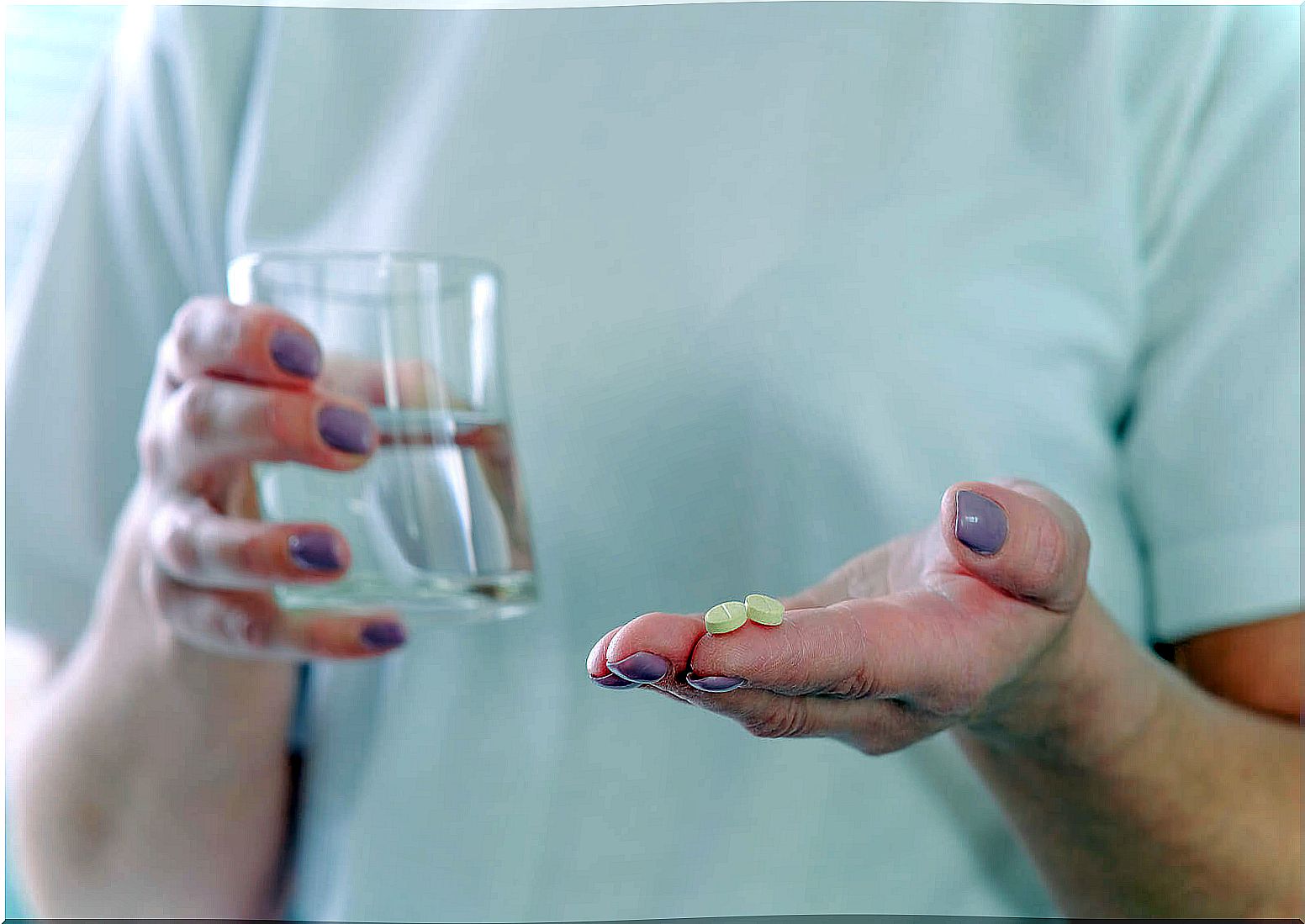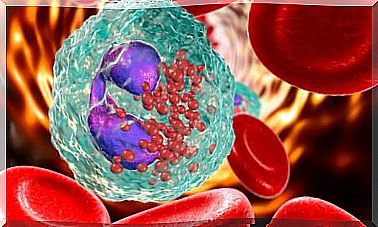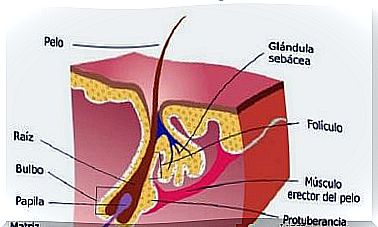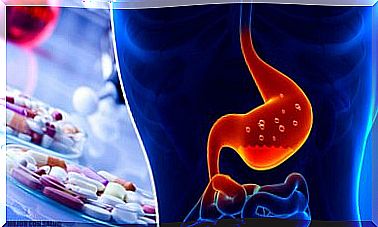Domperidone: What It Is And How It Works
Domperidone is a drug with antiemetic and prokinetic properties, that is, it prevents vomiting and improves intestinal transit. Below we will explain in more detail different aspects of this drug:
- Mechanism of action.
- Pharmacokinetics.
- Pharmacological actions.
- Adverse reactions.
- Interactions
Mechanism of action
Domperidone is a drug with a structure similar to that of butyrophenones (known antipsychotics) that acts at the peripheral level. By not crossing the blood-brain barrier, it binds to its receptors in the area postmas.
The area postema is a medullary structure found in the brain stem and is responsible for controlling vomiting.
The receptors to which domperidone binds are typical of the neurotransmitter dopamine, specifically the dompaminergic D2 receptors.
This drug has an antagonistic action by binding to these receptors. This means that it will prevent the binding of dopamine with its own receptor, thus inhibiting the characteristic physiological actions of this neurotransmitter.
Pharmacokinetics of domperidone

Domperidone is administered mainly orally, although it also accepts the rectal route. What is not possible is its administration by parenteral route since it produces serious adverse effects on the heart.
Oral administration is justified by its good absorption on an empty stomach, reaching its maximum concentration in the blood at 30/60 minutes.
Despite being so well absorbed, the bioavailability of the drug will be reduced by the strong metabolism it undergoes at the liver level. This is known as the first pass effect.
This metabolism is carried out by the liver’s own enzyme systems. Enzyme complexes will trigger hydroxylation and N-dealkylation reactions on domperidone, resulting in secondary molecules with no biological activity.
Other characteristics of interest about this drug are the following:
- It is bound to plasma proteins between 91-93%, so caution must be exercised due to the interactions it may suffer.
- It is not able to cross the blood-brain barrier and only the placenta. This property reduces extrapyramidal effects and adverse reactions.
- The bioavailability of domperidone is increased if it is administered with food.
- It is eliminated mainly through the urinary and fecal routes. Patients with severe renal insufficiency may have increased drug concentrations so they should consult their doctor.
Pharmacological actions
The characteristic antiemetic effects of domperidone are due to a combination of different actions.
On the one hand, it has a peripheral gastrokinetic action on the wall of the digestive tract that will accelerate transit, increasing gastric emptying speed and improving sphincter function. On the other hand, its antagonism on the dopamine D2 receptors in the posterior area that manages to inhibit vomiting.
Another action triggered by this drug is the stimulation of prolactin secretion in the pituitary.
Prolactin is the hormone responsible for the production of milk in the mammary gland. In short, domperidone has actions:
- Antiemetics : inhibits the vomiting center.
- Prokinetic : helps prevent vomiting and improves intestinal transit in general. It is used in the treatment of diseases that occur with gastroesophageal reflux, associated with antagonists of serotonin 5-HT2 receptors.
- It favors the production of milk in the breasts.
Adverse reactions

Domperidone has quite significant adverse reactions at the cardiac level. These reactions led to its withdrawal from parenteral administration presentations a few years ago.
Its effects on the myocardium are mainly ventricular arrhythmias that can have a fatal outcome. People who are most at risk of these side effects are:
- In people over 60 years of age.
- The patients who are taking high doses domperidone
- The people who are being medicated with other drugs that also susceptible to trigger these reactions.
Apart from arrhythmias, it may cause, among others, diarrhea, drowsiness or itching. However, these side effects are very rare.
Domperidone interactions

Patients taking domperidone and another drug should exercise caution.
There are medicines that can increase the level of domperidone in the blood. This would increase the possibility of these undesirable side effects. The main groups of drugs that can negatively interact with domperidone are the following:
- Inhibitors of hepatic metabolism : ketoconazole, for example, is an antifungal capable of inhibiting liver enzyme complexes, which are responsible for metabolizing domperidone.
- Being inhibited, the drug will remain in its active form for longer, increasing its effects and the probability of triggering adverse reactions.
- Drugs that prolong the QT interval : prolongation of the QT interval can be the origin of a polymorphic ventricular tachycardia, known as Torsades de Pointes.
- These effects can be added to heart problems and can cause sudden cardiac death in the patient.
Is it clear to you what domperidone is and what is it for? Remember that you should always consult with your doctor and never self-medicate.









